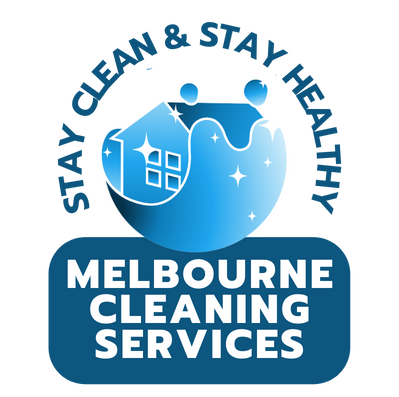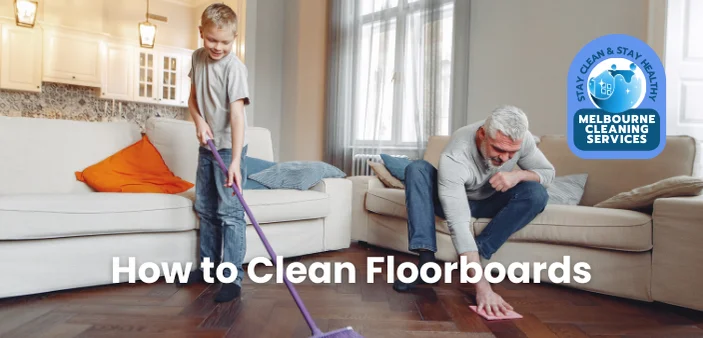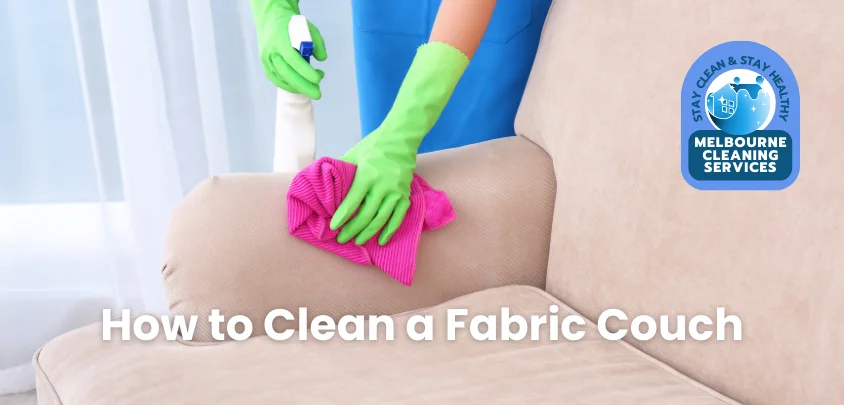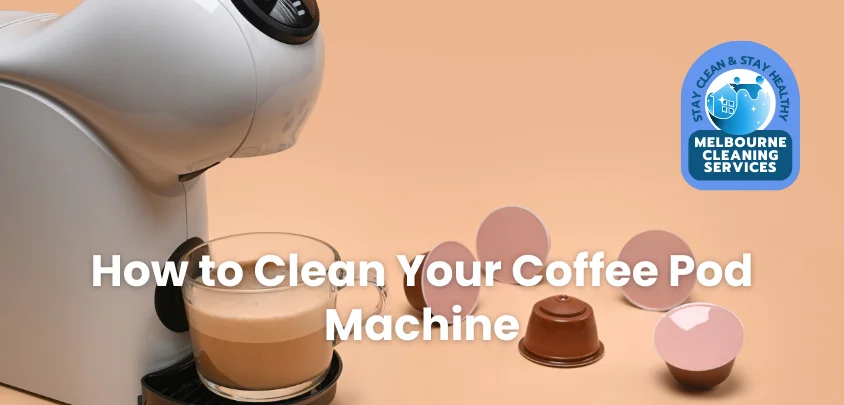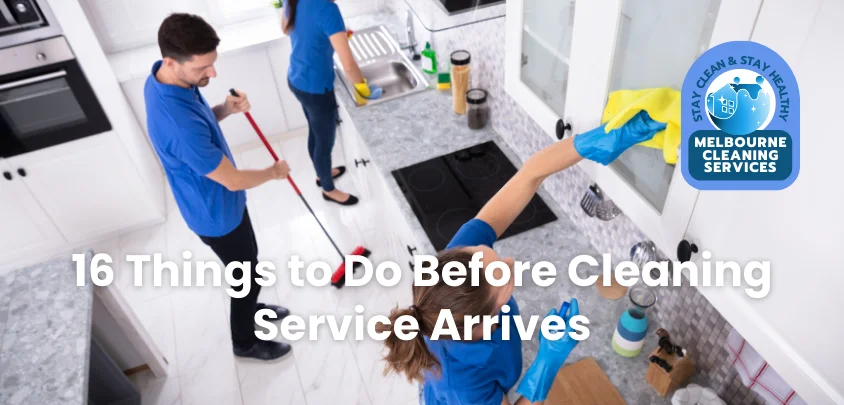Lucky for you, cleaning floorboards doesn’t need to be a tough job. With the right tools and a few simple steps, you’ll have your floorboards sparkling again in no time. In this guide, we’ll walk you through exactly how to clean floorboards, no matter what type you’ve got. Let’s dive in and get your floors looking top-notch!
What Are Floorboards?
Before we get into the cleaning, let’s quickly chat about what floorboards are. Floorboards are wooden planks that cover your floors. You’ve probably heard of hardwood floors – these are made from solid wood like oak, pine, or maple. There’s also engineered wood, which is a thinner layer of real wood on top of a plywood base, and laminate, which looks like wood but is made of a different material.
Each type of floorboard has its own vibe, but they all need a little TLC to keep them looking fresh. No matter what you’ve got underfoot, knowing how to clean floorboards properly will help maintain their shine and protect them for the long haul.
Preparation for Cleaning Floorboards
Before you grab your mop and start scrubbing, it’s good to have everything ready. Here’s a quick list of what you’ll need:
- Broom or vacuum – to get rid of the dust and dirt first.
- Microfibre mop – this is perfect for a gentle, streak-free clean.
- Bucket – for mixing up your cleaning solution.
- Wood-friendly cleaner or mild dish soap – make sure it’s safe for your type of floorboards.
- Warm water – to dilute your cleaner and avoid excess moisture.
- Dry cloth or towel – to dry your floor after cleaning.
- Optional: Floor polish or wax – if you want that extra shine (for hardwood floors).
Once you’ve got everything together, you’re ready to start. Let’s go step by step to make sure your floorboards stay in great condition without any hassle.
How to Clean Floorboards Like an Expert
Now that you’ve got your supplies ready, it’s time to get your floorboards cleaned the right way. Here’s a simple step-by-step guide to help you out:
1. Sweep or Vacuum the Floor
First up, grab your broom or vacuum and give the floor a good sweep. You want to get rid of any loose dirt, dust, or pet hair before you start mopping. If you’re using a vacuum, make sure you use a soft brush attachment to avoid scratching the floor. A regular vacuum with a beater bar can actually do more harm than good, so be careful.
Vacuuming is the best option for removing dirt from between the floorboards or in any grooves. But if you’re just giving the floor a quick clean, a broom works fine too. Remember to sweep or vacuum in the direction of the wood grain to avoid pushing the dirt into cracks or grooves.
2. Pick the Right Cleaner
Now that the loose stuff is gone, it’s time to pick a cleaner. For hardwood floors, always choose a cleaner that’s made for wood. You can also go with a diluted mix of mild dish soap and warm water if you don’t want to buy a specific product. For laminate floors, a solution of water and vinegar is usually a good option.
Just be sure to avoid any harsh chemicals like bleach or ammonia, as these can damage the wood or the finish. When in doubt, keep it gentle and mild – it’ll do the job without risking any damage.
3. Mop the Floor (Without Soaking It!)
Next up, get your microfibre mop ready and dip it into your cleaning solution. Wring it out until it’s just damp – not soaking wet. You want to avoid excess water because too much moisture can warp your floorboards over time.
Mop the floor in the direction of the wood grain, as this helps avoid streaks and lets the mop pick up all the dust. For larger areas, work in sections so you don’t miss any spots. For tougher dirt or spills, you might need to go over the area a couple of times, but always keep the mop damp, not wet.
4. Dry the Floor
Once you’ve finished mopping, it’s time to dry the floor. Use a clean towel or dry cloth to gently wipe down the area. This helps avoid any water from soaking into the wood and causing any damage. Plus, drying the floor makes it look shiny and streak-free.
It’s best to let the floor air dry for a few minutes after you’ve wiped it down, just to make sure everything’s dry before you walk on it. This prevents any marks or footprints.
5. Optional: Polish or Wax for Extra Shine
If you’ve got hardwood floors and you want to take it up a notch, you can finish things off with a wood polish or wax. This isn’t a must, but it’ll help give your floors an extra layer of protection and a glossy finish. Just follow the instructions on the product and apply it with a clean cloth or mop.
Remember that laminate floors don’t need this step, so save it for hardwoods. Also, don’t overdo it with wax, as too much can build up and make the floor slippery.
Different Types of Floorboards and Their Cleaning Needs
Each type of floorboard needs a little different care, so here’s a quick guide to help you figure out what’s best for your floors:
Hardwood Floors:
These require a bit of extra care since they can scratch easily. Use a gentle wood cleaner or diluted dish soap and avoid excess water. Regular dusting and occasional polishing will keep them looking stunning.
Engineered Wood Floors:
These are a bit more moisture-resistant than hardwood, but you still need to be careful with the amount of water you use. Clean with a damp mop and a mild cleaner designed for wood floors to keep them looking fresh.
Laminate Floors:
Laminate is super durable and easy to clean. You can use a vinegar-water solution to mop these floors, but just like with the others, avoid soaking them with water. A damp mop does the trick!
Things to Avoid During Cleaning Floorboards
While cleaning is pretty straightforward, there are a few things you’ll want to avoid to keep your floorboards in top condition:
Too Much Water:
Water can cause wood to warp, so always make sure your mop is just damp, not dripping wet. You don’t want puddles on your floor.
Harsh Chemicals:
Skip the bleach or ammonia-based cleaners, as these can strip the finish and damage the wood. Always use a mild cleaner specifically made for wood or laminate.
Scrubbing Too Hard:
Don’t go at your floorboards with a hard scrubbing brush. This can leave scratches or marks, especially on hardwood. Use a soft mop or cloth instead.
Skipping Regular Dusting:
Dust can build up fast on floorboards and can cause scratches if left unchecked. Make sure to vacuum or sweep regularly to keep dust from doing any damage.
Keep Your Floorboards Looking Beautiful!
With these simple steps, you can keep your floorboards looking as beautiful as the day they were installed. Regular cleaning is key to protecting your investment and making sure your floors stay in top shape. Whether you’ve got hardwood, engineered timber, or laminate, following these tips will help you clean your floors without a hitch.
If keeping your floorboards clean feels overwhelming, consider reaching out to a local cleaning company. Opt for a professional house cleaning service and customise it to include floorboard cleaning. This way, you’ll enjoy a spotless home and gleaming floorboards with minimal effort.
Frequently Asked Questions
How often should I clean my floorboards?
You should give your floorboards a quick sweep or vacuum once a week. Mopping can be done every two weeks, or more often if the floors get a lot of foot traffic. Laminate floors can be cleaned a bit less often.
Can I use a steam mop on floorboards?
It’s best to avoid steam mops on wooden floors – whether hardwood or engineered – as the excess moisture can seep into the seams and cause damage. Stick with a damp mop instead.
How do I remove stubborn stains from floorboards?
For tough stains on hardwood, try using a wood-safe cleaner and a soft cloth. For laminate, a mix of vinegar and water should do the trick. Just be careful not to use anything too abrasive, as this can damage the finish.
More Useful Resources:
- How to Clean a Fabric Couch?
- How to Clean Stainless Steel Stove Top
- How To Clean Tiles: Tips For Every Type Of Tile
- How to Clean Your Coffee Pod Machine
- How to Get Rid of Mould on Ceiling?
- How to Prevent Dust in Your Bedroom: 8 Pro Tips
- Top 10 Basement Cleaning Tips for 2025
- Venetian Blind Cleaning: A Complete Guide for 2024
